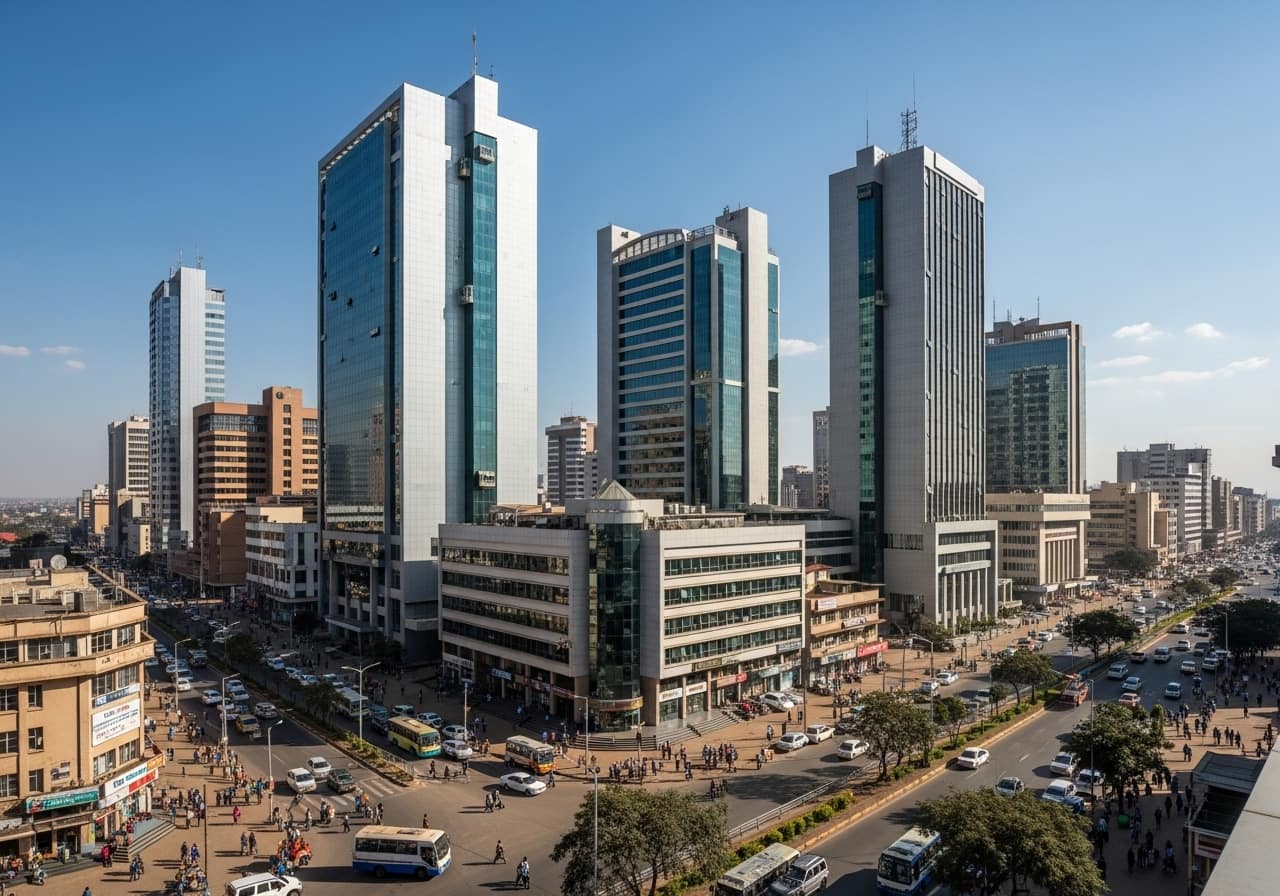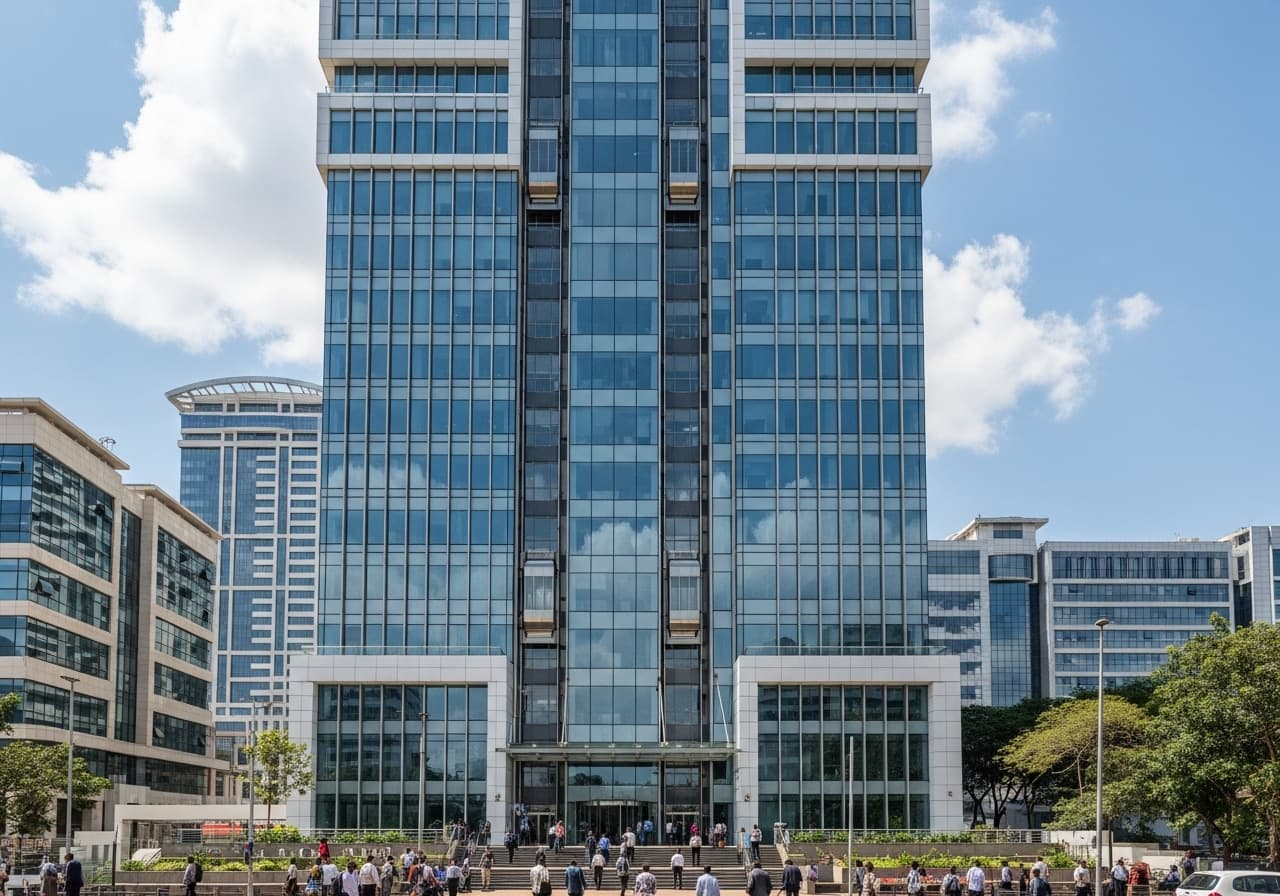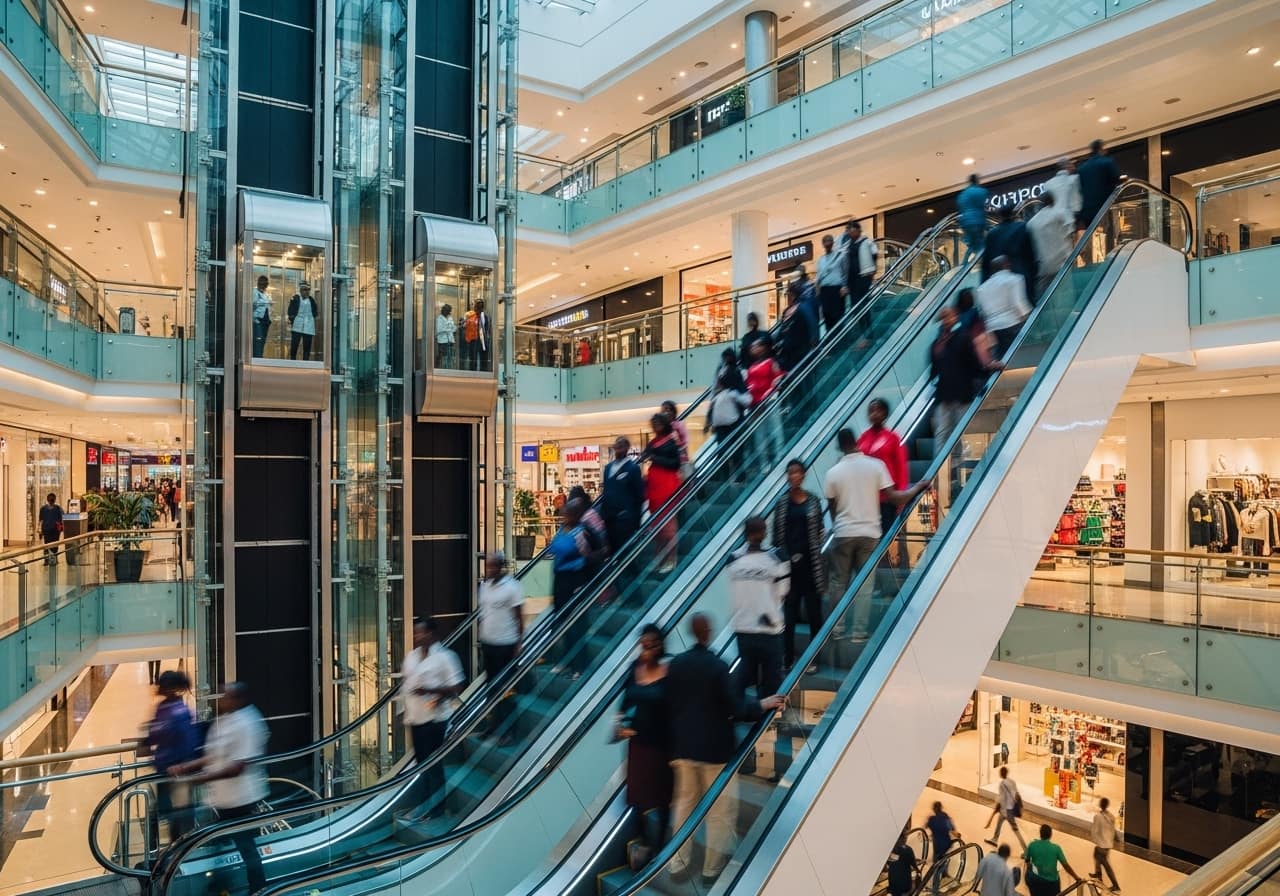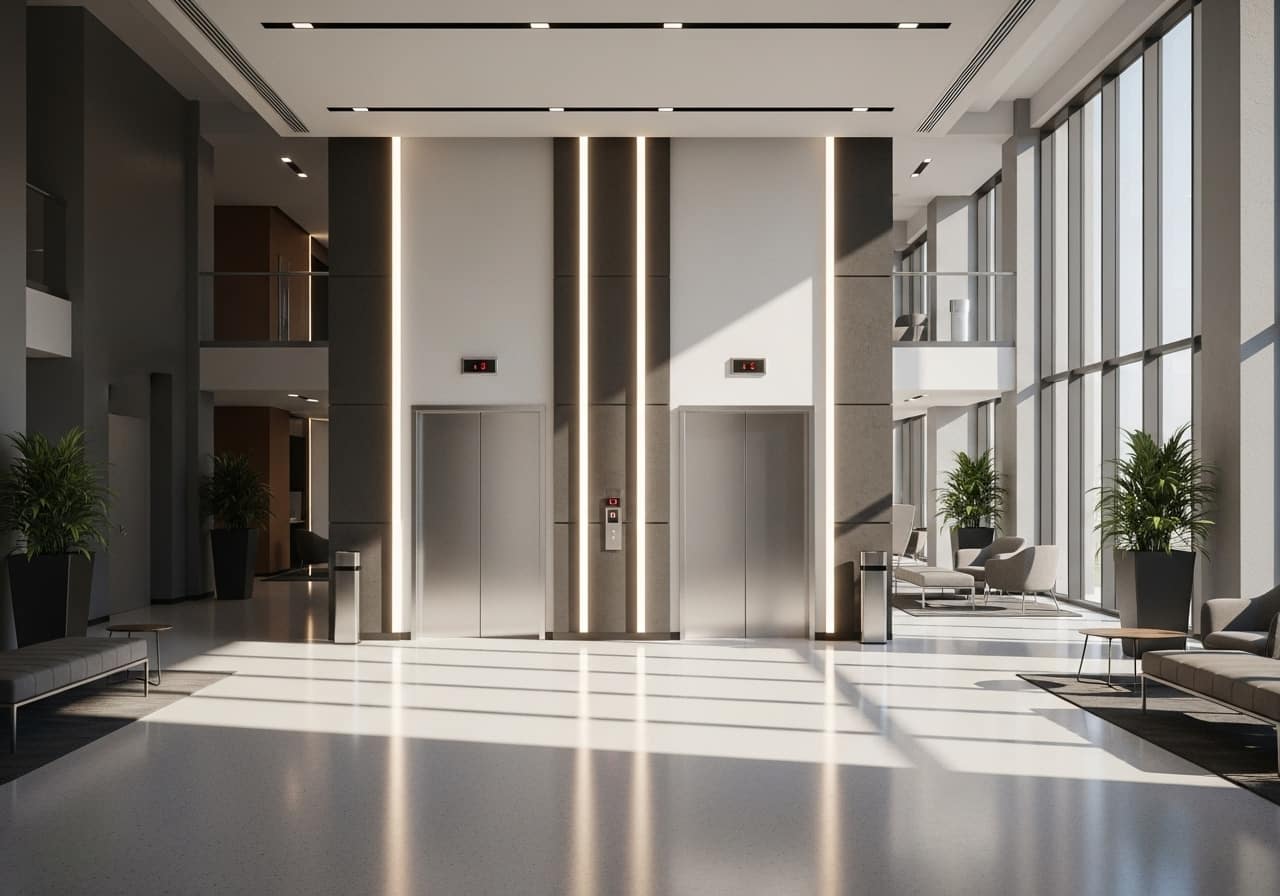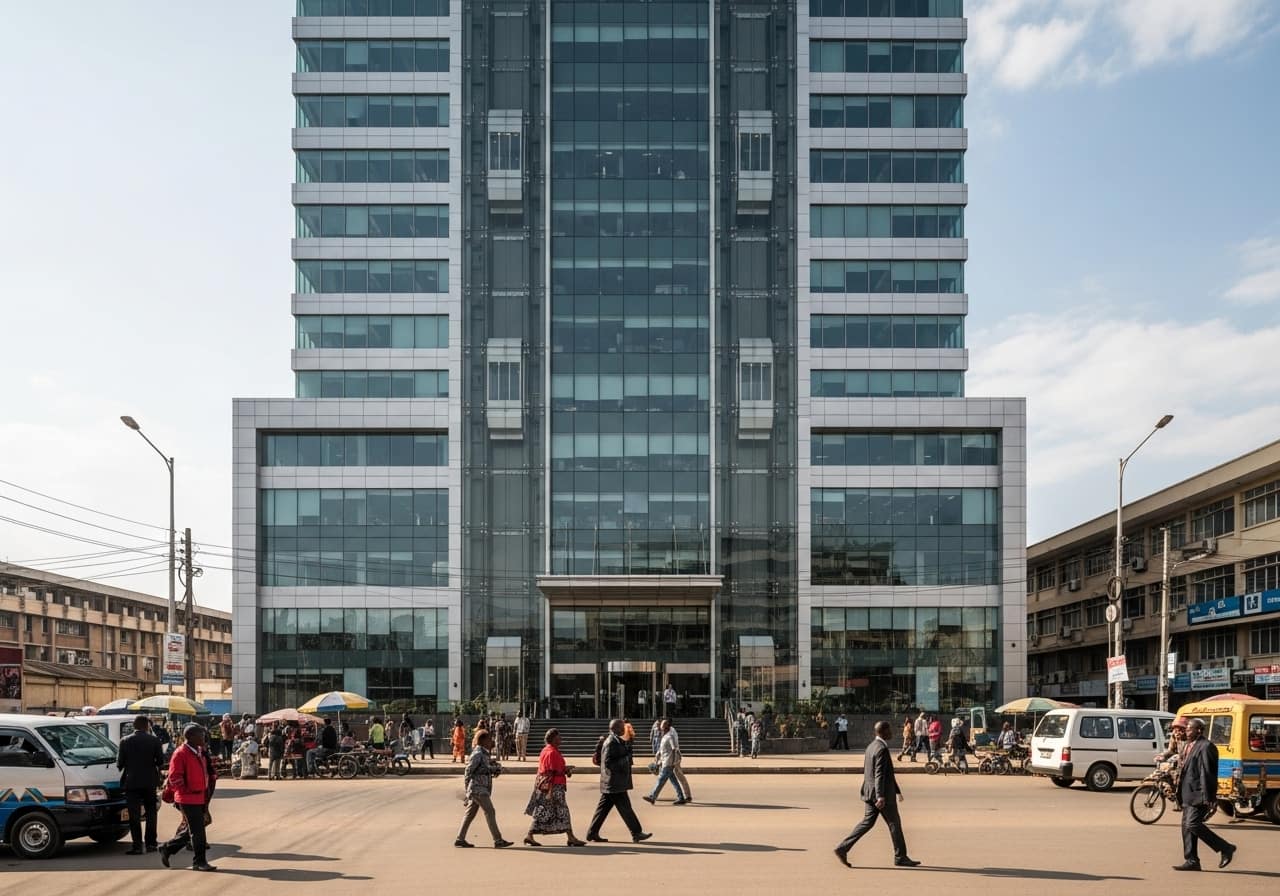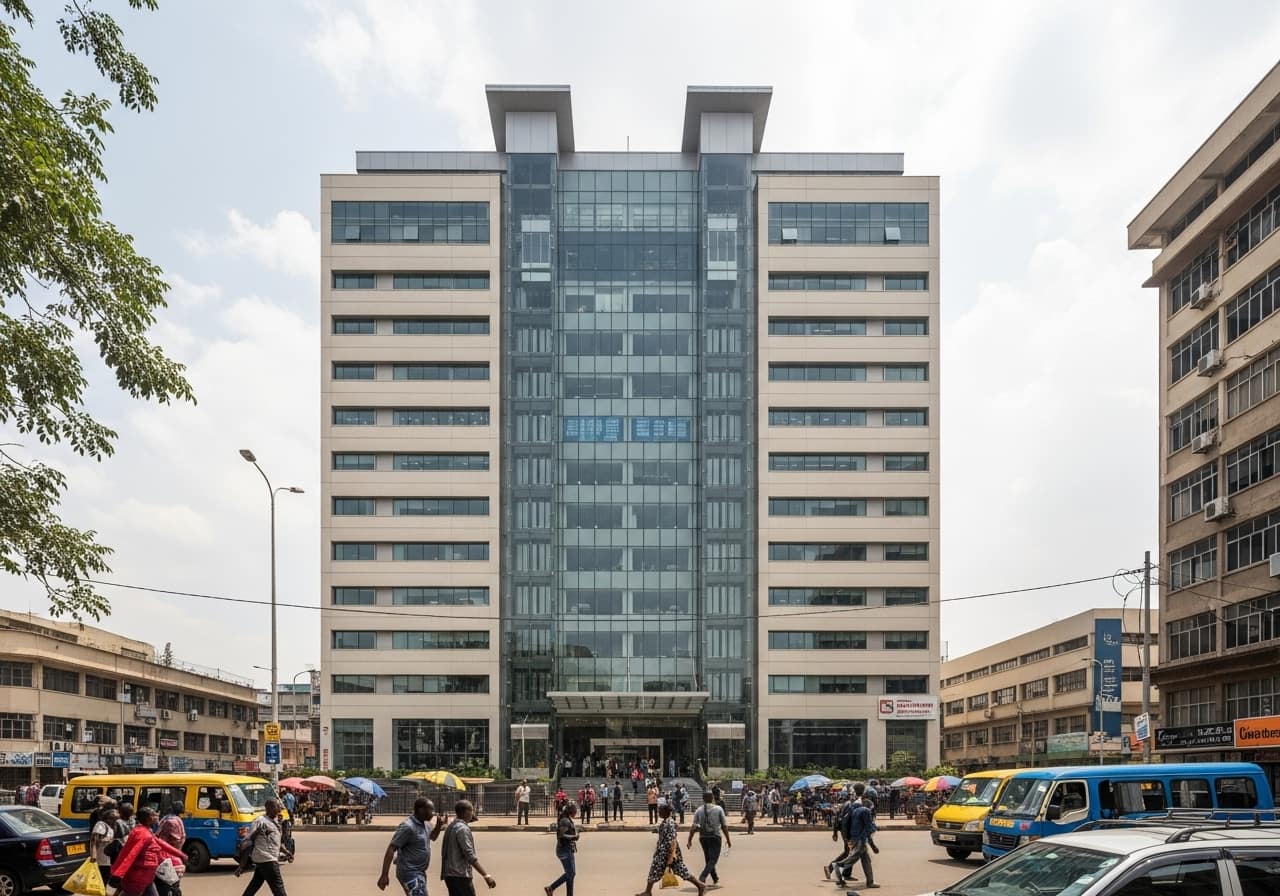The Foundation of Vertical Cities
Without lifts, the modern skyline would not exist. Skyscrapers, office towers, and dense residential complexes depend on vertical transportation to function. Lifts allow cities to grow upward rather than outward, making it possible to house more people and businesses within the same footprint of land. This vertical growth defines much of urban life today, from living in high-rise apartments to working in tall office buildings.

